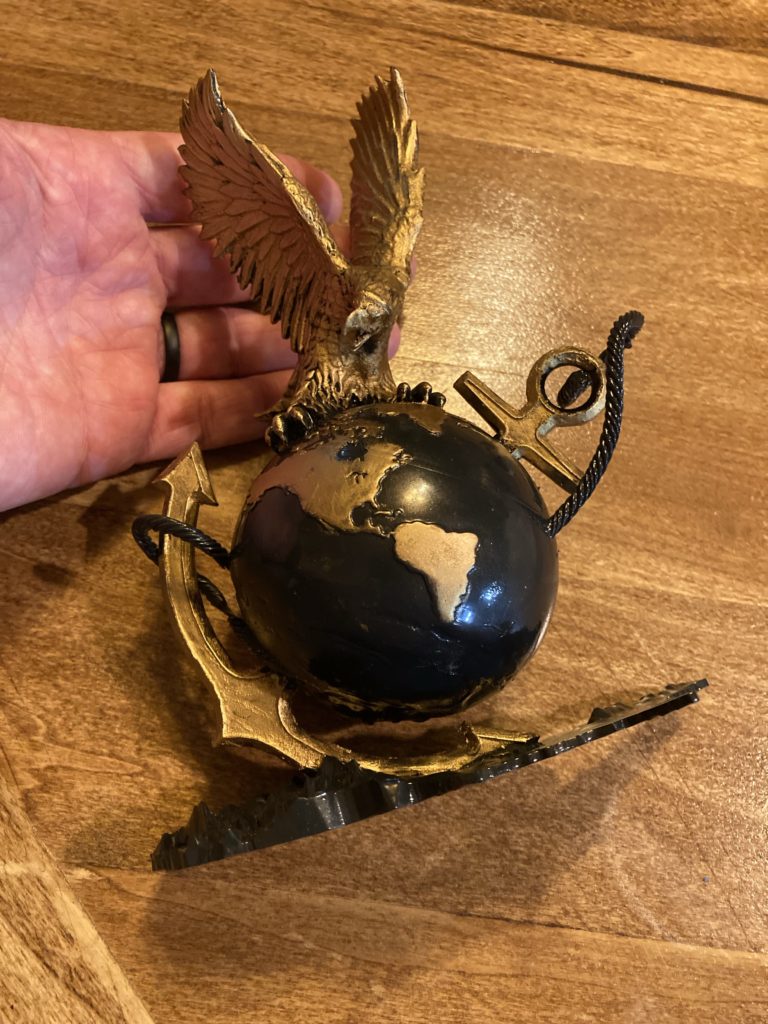The speed of the first layer is important because it determines how well the filament sticks to the bed and how smooth the surface of your print will be. However, setting the speed too high can cause some problems that can affect the quality and durability of your print. Today, I will explain what happens if your speed is set too high for the first layer, and how to fix it.
Some symptoms of a too high speed for the first layer are:
- Poor adhesion: The filament might not stick well to the bed, resulting in warping, curling, or detachment of the print.
- Rough surface: The filament might not have enough time to melt and spread evenly on the bed, resulting in a rough and uneven surface.
- Under-extrusion: The filament might not flow fast enough to keep up with the nozzle movement, resulting in gaps or holes in the print.
- Overheating: The nozzle might get too hot due to the fast movement, resulting in clogging, stringing, or oozing of the filament.
Some ways to remedy a too high speed for the first layer are:
- Lower the speed: The most obvious solution is to lower the speed of the first layer, either by adjusting the settings in your slicer software or by using the knob on your printer. A good rule of thumb is to set the speed to 50% or less of your normal printing speed for the first layer.
- Increase the temperature: Another way to improve the adhesion and flow of the filament is to increase the temperature of the nozzle and/or the bed. This will help the filament melt faster and stick better to the bed. However, be careful not to set the temperature too high, as this can cause other problems such as burning or warping of the filament.
- Level the bed: A properly leveled bed is essential for a good first layer. If your bed is too high or too low, it can affect how well the filament sticks to it and how smooth the surface will be. You can use a piece of paper or a feeler gauge to check the distance between the nozzle and the bed at different points, and adjust it accordingly.
- Calibrate the extruder: Another factor that can affect the speed of the first layer is how much filament is extruded by your printer. If your extruder is under-extruding or over-extruding, it can cause gaps or blobs in your print. You can calibrate your extruder by measuring how much filament is fed by your printer when you command it to extrude a certain length, and adjusting the steps per millimeter (E-steps) value in your firmware or slicer software.


